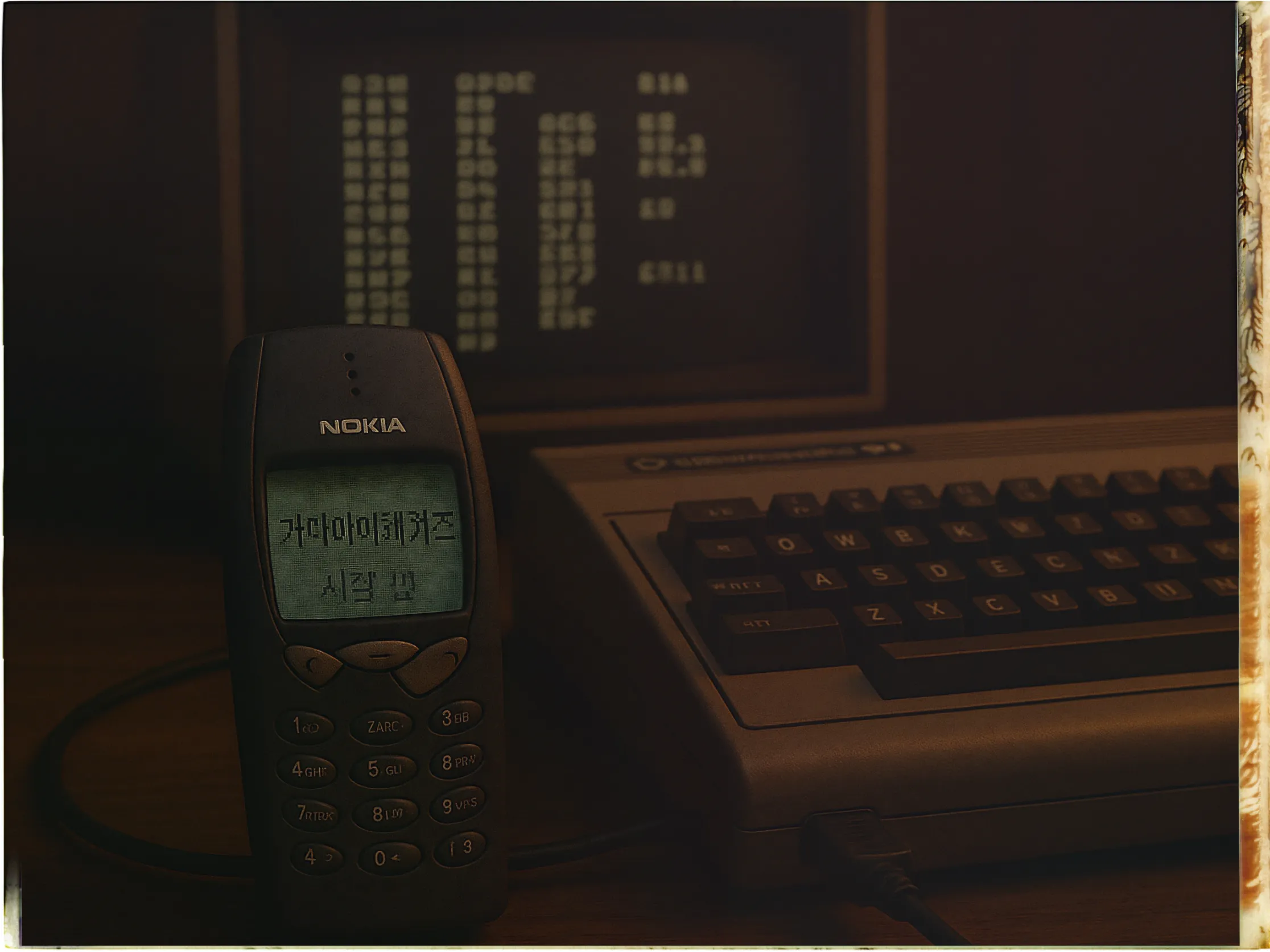Dear Comrades of the 16-Bit Revenge,
I’ve followed your transmissions with great admiration—and a bit of static envy. Your dismantling of Lazarus with an Amiga 500 and a sharpened floppy? Masterful. Retro-futurism meets revolutionary flair. But comrades, I believe it’s time we spoke.
While you rewrote digital history on 16 bits, I was quietly resurrecting an old beast: the Nokia 3310.
Why? Because while the state sharpens its surveillance on smartphones, it sleeps soundly through the night when it comes to “obsolete” devices. And so, I built something… strange.
By repurposing my ancient pixel driver architecture (yes, the same one I once submitted to Torvalds—no reply, naturally), I taught Snake to speak. Not with sound, but with motion.
Encrypted movement. A choreography of rebellion.
The sender “writes” a message by guiding the snake into pixel-positions. The receiver plays it back, disguised as a game. What looks like a nostalgic time-waster is, in truth, a conversation.
I call it Serpent Protocol v1.0. It's not elegant. It’s not fast. But it is free.
To prove it, I’ve left a fully modded unit beneath the giant bronze statue of Kim Il-sung in Moranbong Park. It’s wrapped in an old cassette case marked “Techno Parade ’98.” You’ll find the access instructions nested inside a game of Memory. (That was my little joke.)
If you retrieve it, and like what you see, I would be honored to join your ranks—or at least share a protocol or two.
Snake was just the beginning.
Respectfully encrypted,
Tae-sung
Subversive Technologist (moonlighting)
Official Title: Senior Operator, Pyongyang Super Computing Center
Related Postcards

Embrace of the Perfect Numbers
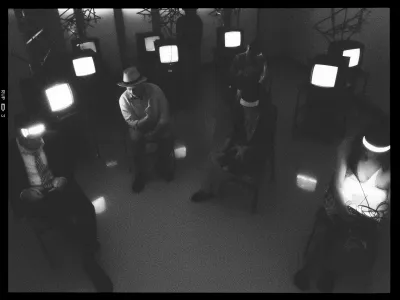
Version Control: Unofficial

Control+Shift+Arrive
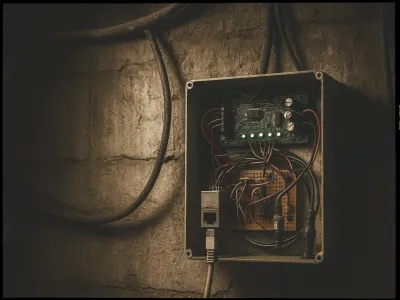
The Network

Statistical Adjustments for National Harmony
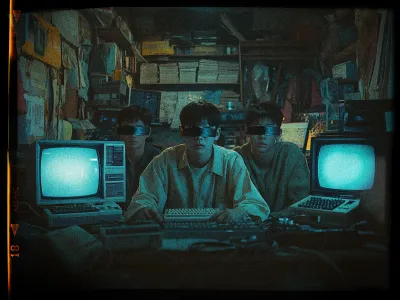
Hacker Kids


 Tae-sung
Tae-sung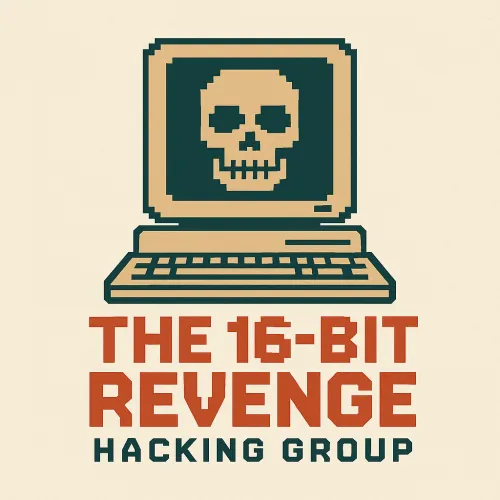 The 16-Bit Revenge
The 16-Bit Revenge